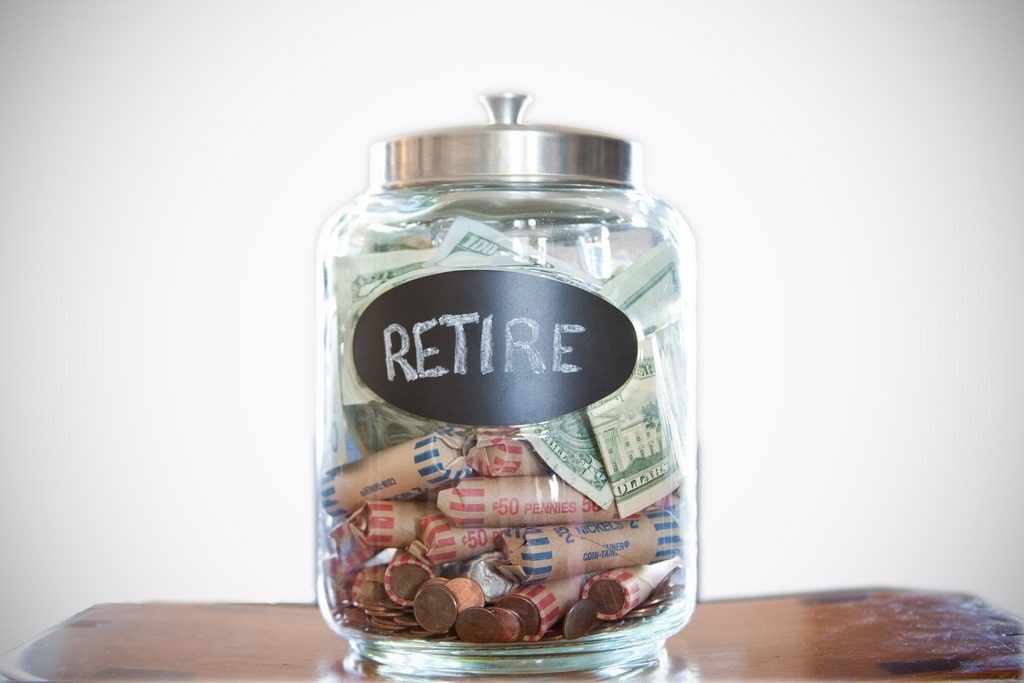Individual retirement accounts-better known as IRAs- is vital for a comfortable future. From early adulthood on to our twenties, we are told how IRAs accumulate funds to be used for our retirement. But, what if you wanted to invest your savings in an opportunity towards a better future?
A custodian who wants to pull their money of retirement to invest outside of stocks and bonds is called a self-directed IRA (SDIRA). Custodians who deal in SDIRAs agree that real estate is the best alternative to leave the stock market for. Some markets fare better then others, such as Indianapolis real estate. However, before you start cashing in, there are some facts you need to know about investing your IRA in real estate.
What You Can’t Buy
Investors are prohibited from purchasing property they already own. This also extends to any “disqualified” persons. “Disqualified” refers to property owned by your spouse, extended family, your children and their spouses and extended family, IRA service provider, or landowners who own more than 50% of the purchased property.
Purchases made towards you and “disqualified” entities are considered self-dealing transactions. Early distribution penalties of 10% will be charged if you are under the age of 59.
How to Use Your Property
Once the real estate has been purchased, the lease will show your IRA as the proprietor. It’s for this reason that rental properties are the most popular form of investment.
Whether it’s a home or a condominium, a rental property is the legally responsible way to get a return on your investment. Before purchasing the land under your IRA, you’ll need to set up a custodial account. Your 401k can be rolled over into the account to cover the expense of the property.
Another option is to house flip with your self-directed IRA. SDIRAs can be used to buy a fixer-upper that you can improve and put on the market. Profits from house flipping have significant tax benefits that will help your IRA grow.
What Goes In Must Come Out
Even though you and the IRA are two separate entities, you’ll still need to be in charge of the real estate’s upkeep. You may rent the property out, but you can’t keep the profits. These indirect benefits are subject to early distribution penalties.
All money coming in or out of the investment has to flow through the IRA itself. Expenses such as renovations, property taxes, and other utilities will come from the funds you pay into it. Sometimes the burden can be lightened if you purchase with 50% of your IRA and the rest from funds appropriated elsewhere.
Beware of Scams
The 50-50 approach mentioned above is one way to cut costs, but there are risker options. When applying for a SDIRA, you may get offers from custodians to go in on a real estate enterprise based on misrepresentations. These offers are most likely luring you into a Ponzi scheme.
Illicit offers exploit the difficulties behind alternative investment values. Never trust offers made at face value. Before making any gambles, consult your state securities regulator.



